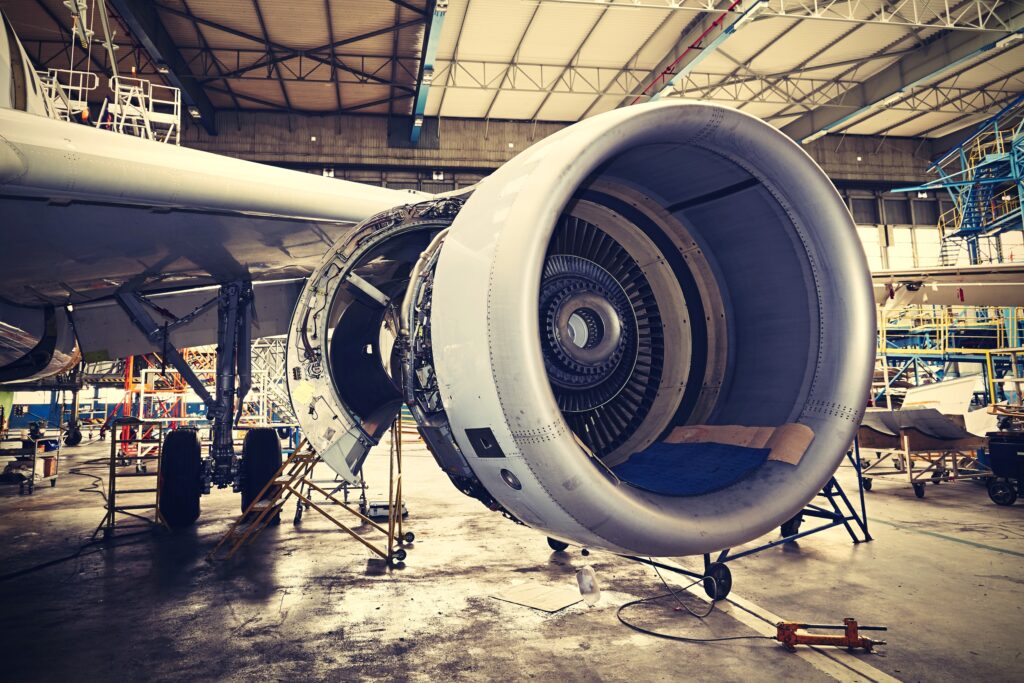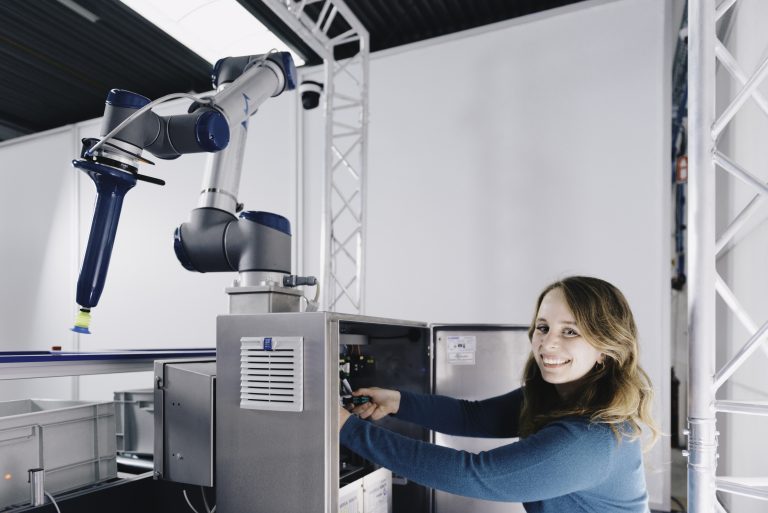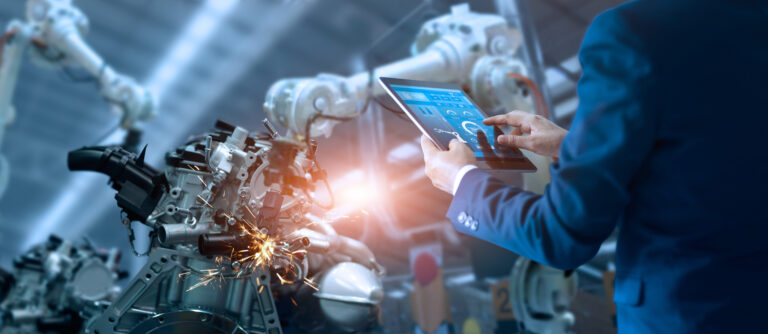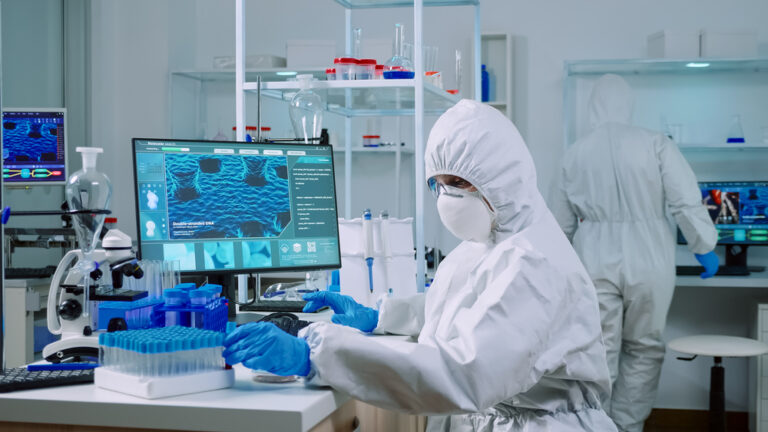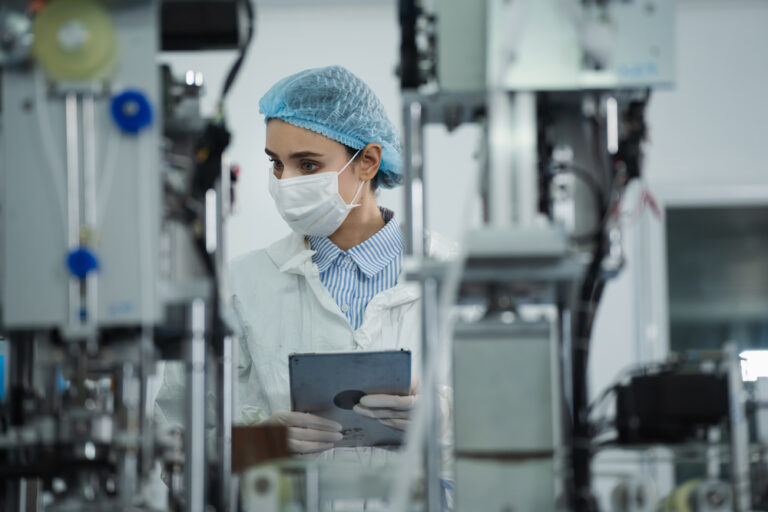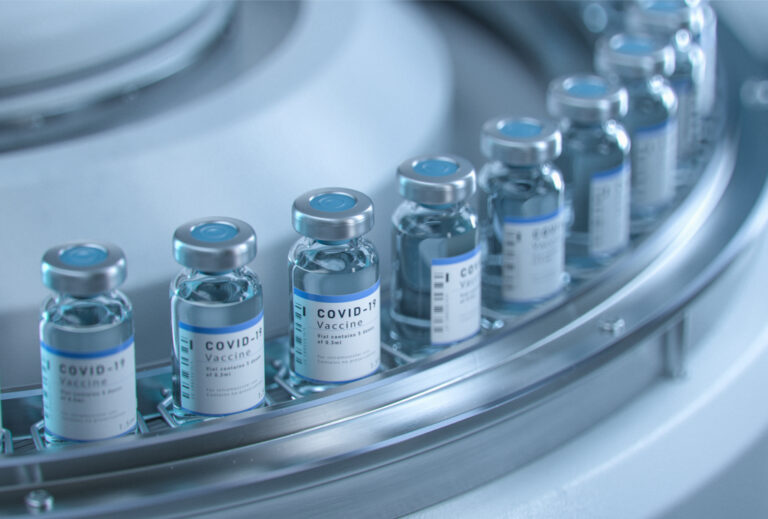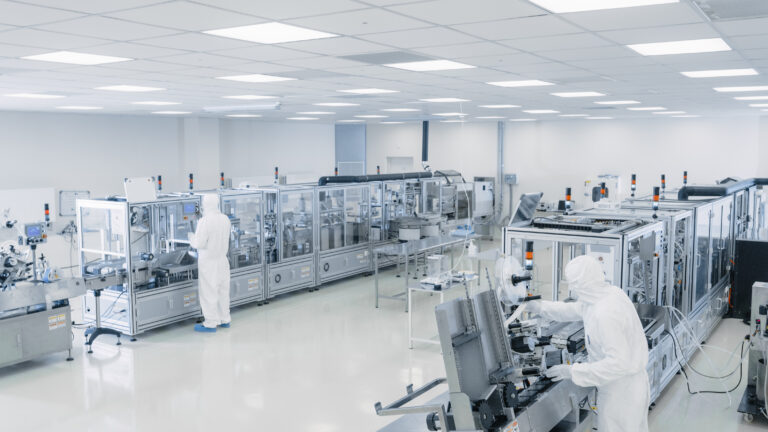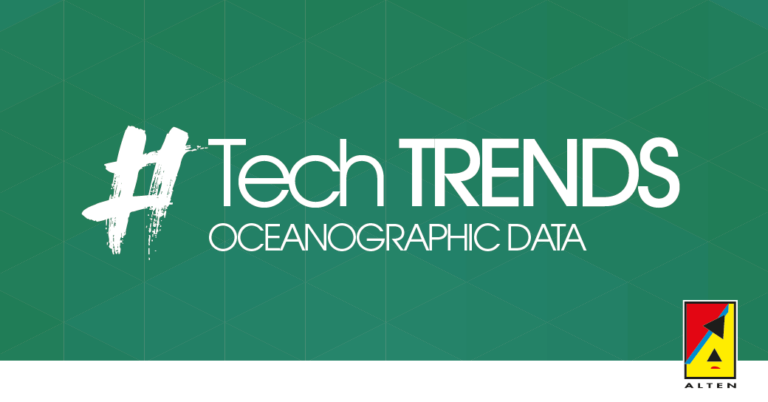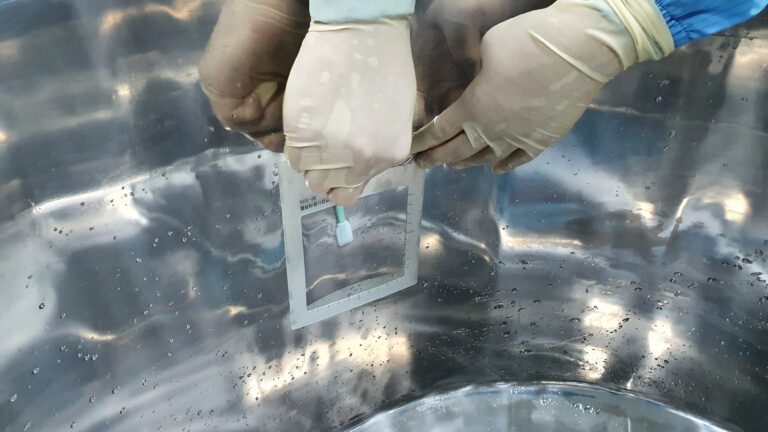The aeronautics industry has never had such a strong push for transformation. Innovation is more urgent than ever to improve the performance, safety and efficiency of aircraft, and to reduce their environmental footprint.
Technological advances – in composite materials, aerodynamic design and durability – are making it possible to imagine and design changes in the airframe that reduce fuel consumption and greenhouse gas emissions. The result is a new breed of aircraft – such as the Airbus A320neo – that are more efficient, more reliable and greener.
The airframe is the aircraft’s main structure – both its skeleton and its skin. It ensures the integration of all the aircraft’s systems and enables it to withstand the various forces experienced during flight, guaranteeing the comfort and safety of passengers and crew alike.
Sustainable innovation
Developing and certifying a new airframe is a long-term process. While studies are underway to produce hydrogen and electrically powered aircraft, these won’t be ready, in the most optimistic scenarios, before 2035. In the meanwhile, it is crucial to improve the performance of current fleets and limit their ecological impact. Innovations such as digital continuity, multi-physics and automation are contributing to this effort. New generations of aircraft must also be adaptable to faster production rates, modernization of industrial tools and the potential demands of carbon-free aircraft. To meet these `demands, production plants will need to undergo modernization (based on concepts such as co-design), and aircraft maintenance and in-service operations will need to be adapted.
Historically, work on new aerostructure architecture was based primarily on weight optimization. Today, life-cycle analysis is emphasized from the early design phases, enabling the performance of the new designs, including energy performance, to be modeled over the entire aircraft lifecycle. Thanks to advances in technology, it is also possible to assess the impact of a new design on production, maintenance and in-service use at a very early stage.
As a tier-one partner, ALTEN’s teams in Germany, England, France, Spain and Romania support customers in their airframe research and innovation to ensure that they can successfully meet the challenges ahead. For example, on behalf of Airbus ALTEN is working on the installation of a new “open fan” engine in operating aircraft to reduce fuel consumption. Together, they are testing the performance of the new engines in the Airbus A380.

Another example, with a longer-term objective, is ALTEN’s work with Airbus and the Dangerous Goods Advisory Council (DGAC) to determine the best solution for integrating hydrogen tanks into future aircraft. The STOHYC (STOckage d’HYdrogène Cryogénique) project, as it is called, explores the safety constraints associated with carrying cryogenic liquids on board aircraft. This is part of Airbus’ work to develop hydrogen-powered planes.
ALTEN’s collaboration with customers to promote airframe durability and performance are helping to lower the environmental impact of aircraft while extending their lifespan to reduce waste.



